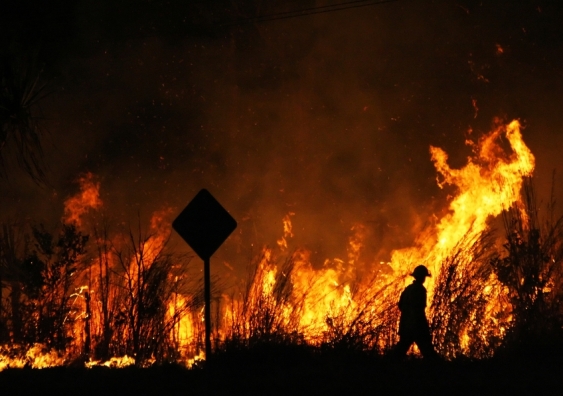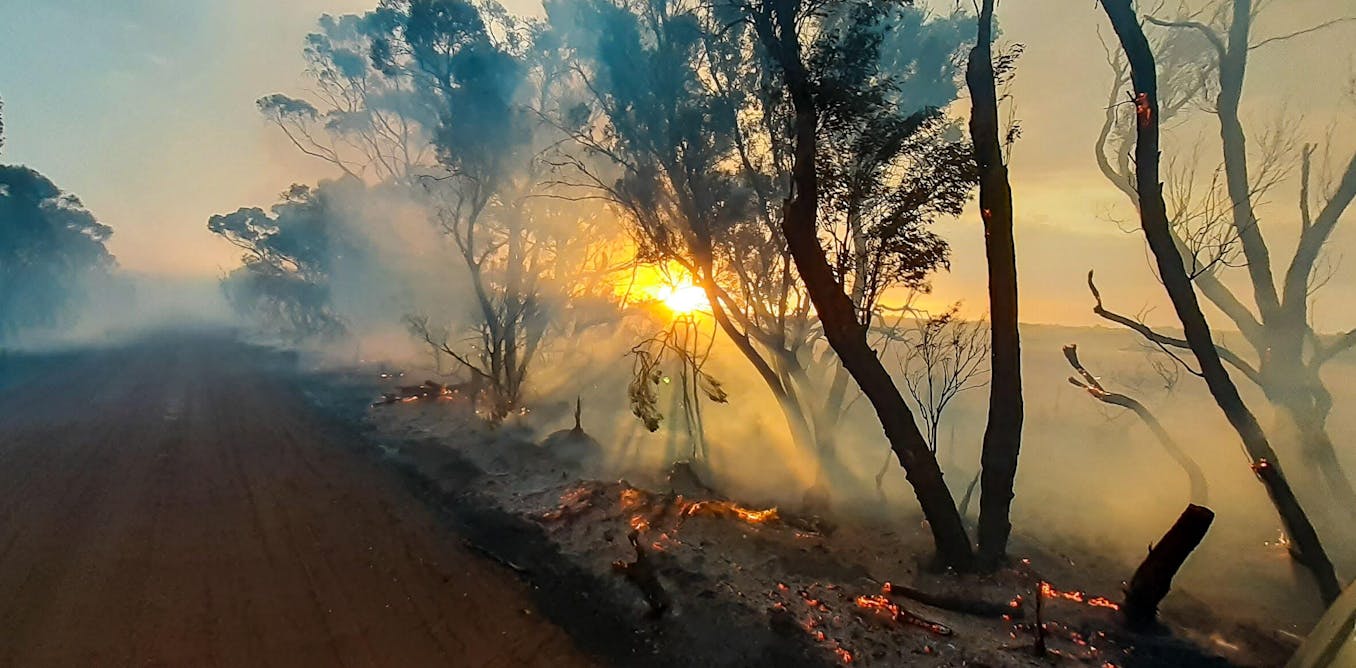Specialist Insights: Why Every House Owner Needs a Thorough BAL Report
Specialist Insights: Why Every House Owner Needs a Thorough BAL Report
Blog Article
How BAL Report Impacts Shrub Fire Protection Actions
In the realm of bush fire security, the Building Strike Level (BAL) report stands as a vital tool that substantially affects the safety and security and resilience of properties in fire-prone locations - BAL Report. The impact of a BAL analysis expands far beyond simple paperwork; it functions as the keystone for identifying the suitable construction criteria and fire protection procedures necessary to alleviate the threats postured by bushfires. As communities grapple with progressively extreme fire periods, recognizing just how the BAL record shapes these safety actions comes to be vital for homeowners, home builders, and policymakers alike
Recognizing the Bushfire Assault Degree

Value of BAL Record Analysis

In Addition, the BAL report assessment functions as a foundational action in following legal obligations and requirements associated with bushfire protection. Local councils and authorities usually mandate the submission of a BAL report as component of the preparation and structure approval process to guarantee that buildings are properly protected against bushfire threats. Failing to conduct a comprehensive BAL report evaluation can lead to insufficient security steps, leaving residential properties at risk to ruining bushfire cases.
Building And Construction Specifications Based on BAL
A detailed understanding of the Bushfire Attack Level (BAL) enables homeowner to implement construction anonymous criteria customized to their details threat account. Construction standards based upon BAL are crucial in click here for more info mitigating the influence of bushfires on residential properties. The BAL score categorizes the possible danger a home faces throughout a bushfire on a scale from BAL-Low to BAL-FZ (Flame Zone) Each BAL degree matches to particular construction needs detailed in the Australian Conventional AS3959-2018 Construction of Structures in Bushfire-Prone Areas. As an example, buildings categorized as BAL-Low may just require standard procedures such as clearing particles and maintaining yards, while those in higher BAL groups need even more robust procedures like cinder screens, fire-resistant products, and sealed home windows. Complying with these construction requirements not just enhances the structural durability of the residential property however likewise boosts the total safety of residents during a bushfire occasion. Building owners should very carefully consider their BAL score and conform with the equivalent building and construction standards to sufficiently secure their homes and passengers.
Implementing Fire Protection Actions
With the structure of building requirements based on Bushfire Strike Level (BAL) in place, the emphasis currently moves towards the practical application of fire security measures to strengthen properties versus bushfire threats. Applying fire protection measures includes a combination of passive and energetic techniques to boost the strength of buildings in bushfire-prone locations. Passive actions include utilizing fireproof building products, installing ash guards on vents, sealing gaps in wall surfaces and roofs, and preserving a clear space around the residential property complimentary from combustible greenery. Active procedures incorporate having firefighting equipment easily offered, such as hose pipes and water pumps, along with creating a defendable area around the building by clearing plants and visit this site having a well-maintained garden. In addition, creating an evacuation plan and ensuring all locals understand emergency situation procedures are critical elements of efficient fire defense actions. By integrating both passive and active methods, homes can dramatically reduce their vulnerability to bushfire cases and increase the safety of passengers.
Safeguarding Residences Against Bushfires
Properly guarding homes versus the damaging effects of bushfires calls for a proactive and thorough strategy to fire security measures. In addition, securing vents and spaces to prevent ember breach, as well as including fireproof doors and windows, can aid strengthen the home's defense against bushfires. By welcoming a positive stance and incorporating these protective measures, homeowners can dramatically boost their opportunities of securing their homes against bushfires.
Verdict
Finally, the Bushfire Assault Degree (BAL) record plays a critical function in identifying the essential security procedures against bushfires. By assessing the BAL, construction criteria can be tailored to minimize the risks and make certain the security of homes in fire-prone locations. Carrying out fire protection procedures based on the BAL record is essential in securing buildings from prospective bushfire hazards. It is imperative for property owners to focus on BAL assessments and follow recommended building criteria to boost bushfire resilience.
In examining bushfire threat to properties, understanding the Bushfire Strike Level (BAL) is a vital element for carrying out reliable security measures. Overall, a clear understanding of the Bushfire Attack Level is vital for carrying out sufficient security procedures and alleviating the effect of bushfires on buildings.

Report this page